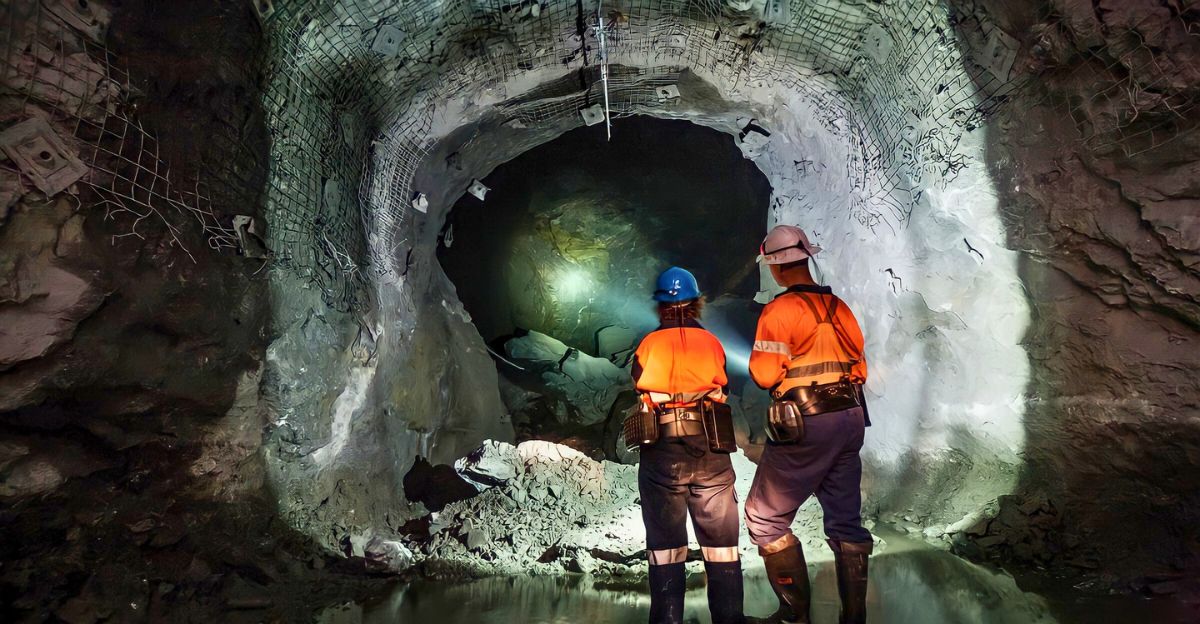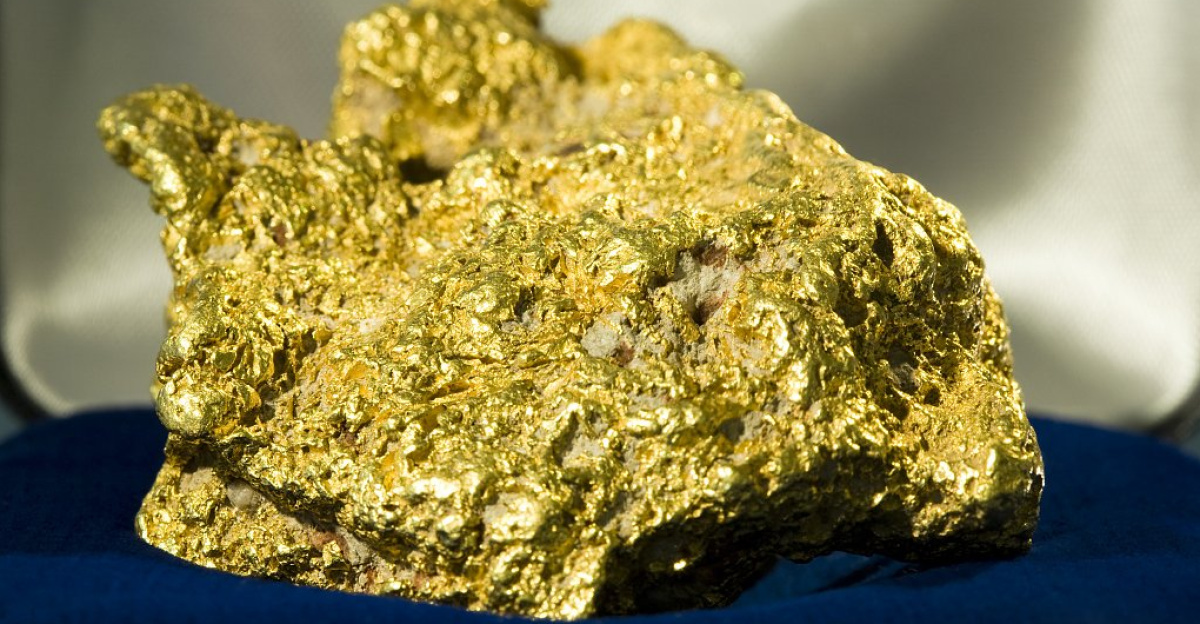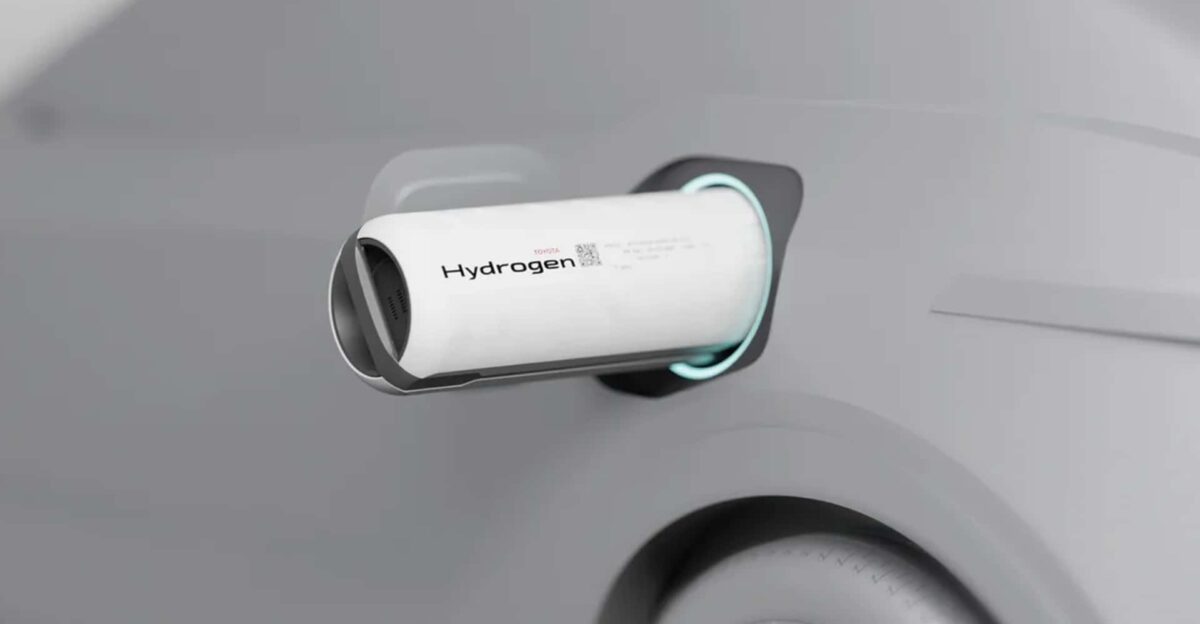
Imagine a resource so abundant and powerful that could transform the future of the world’s energy. That’s the potential of “gold hydrogen,” a naturally occuring form of hydrogen that was recently mapped by the USGS beneath 30 U.S. states.
For centuries, America’s wealth has always been tied to its natural resources, from gold and oil to coal and timber.
Now, a new chapter is unfolding — one that could redefine the nation’s role in the global energy landscape and spark a modern-day gold rush for clean power.
Trusted Sources Confirm the Find

According to The New York Times, the United States Geological Survey (USGS) has released an interactive map revealing vast underground hydrogen reserves across the country.
Dr. Sarah Ryker, USGS Associate Director for Energy and Mineral Resources, told NPR, “For decades, the conventional wisdom was that naturally occuring hydrogen did not accumulate in sufficient quantities to be used for energy purposes.
“This map is exciting because it shows that several regions in the U.S. could have a subsurface hydrogen resource after all.” These authoritative voices highlight the significance of this discovery.
The States Sitting on a Goldmine

The richest deposits of gold hydrogen are found beneath Michigan, North Dakota, South Dakota, western Montana, and western Kentucky. These states, long known for their agricultural and mineral wealth, are now at the center of what could be an energy revolution.
Meanwhile, states like Oregon, Washington, Georgia, North Carolina, and South Carolina have the lowest concentrations, highlighting the uneven distribution of this hidden treasure and fueling speculation about future economic booms in the heartland.
Why Hydrogen Matters Now

Hydrogen, of course, is not new to science, but its role as a clean energy source has never been more critical. As the world races to reduce carbon emissions, hydrogen fuel cells offer a way to generate electricity with water as the only byproduct.
Unlike solar and wind, hydrogen can be stored and transported, making it a flexible solution for powering everything from cars to factories.
The discovery of natural hydrogen deposits could dramatically lower production costs and accelerate the shift away from fossil fuels.
The Scale: Enough to Power the World

The numbers are staggering. USGS researchers estimate that 6.2 trillion tons of hydrogen lie beneath the continental United States. According to a recent study, just 2% of this reserve could power the entire globe for 200 years.
That dwarfs the energy potential of traditional resources and positions the U.S. as a possible leader in the next great energy transition.
The sheer scale of these deposits has scientists and policymakers rethinking what’s possible for the future of energy.
America’s Resourceful Past

America’s history is filled with stories of resource-driven booms, from the Jamestown tobacco fields to the gold rushes and the oil booms that shaped the nation’s destiny. Every discovery spawned waves of innovation, migration and economic growth.
The gold hydrogen discovery echoes those earlier moments, promising not only wealth but the opportunity to lead the world in clean energy. As with past booms, the challenge will be to manage this resource wisely and equitably.
Scientific Skepticism and Excitement

However, not everyone is convinced that gold hydrogen will be easy to extract or use. Some geologists caution that the technology to tap these reserves is still in its infancy. However, the excitement is palpable.
“If even a fraction of these deposits can be accessed, it could be a game changer for global energy markets,” explains Dr. Emily Carter, a Princeton University energy expert.
Meanwhile, the scientific community is scrambling to develop the tools and techniques needed to access this underground bounty.
Environmental and Economic Stakes

The environmental benefits of hydrogen speaks for itself: zero emissions at point of use. But extracting and transporting natural hydrogen presents new challenges. There are concerns for groundwater contamination, land use, and the impact on local ecosystems.
Economically, the potential is enormous — new jobs, industries and revenue streams could revitalize struggling regions. Policymakers will have to balance these opportunities with responsible stewardship.
Global Implications: A New Energy Race

The United States is not alone in the hunt for natural hydrogen. Countries like France and Australia are also exploring their own reserves, hoping to gain a foothold in the emerging hydrogen economy.
The United States’ advantage lies in the sheer size of its deposits and its history of energy innovation. If harnessed effectively, gold hydrogen could become a cornerstone of American energy exports, reshaping alliances and trade patterns worldwide.
The Road Ahead: Promise and Peril

The discovery of gold hydrogen is both thrilling and daunting. It offers a glimpse of a cleaner, more sustainable future—but only if the right investments and safeguards are put in place. As the world watches, America stands at the threshold of a new energy era.
Will this hidden treasure fulfill its promise, or will it join the ranks of resources that changed history in unexpected ways? The next chapter is just the beginning, and its outcome will shape generations to come.






